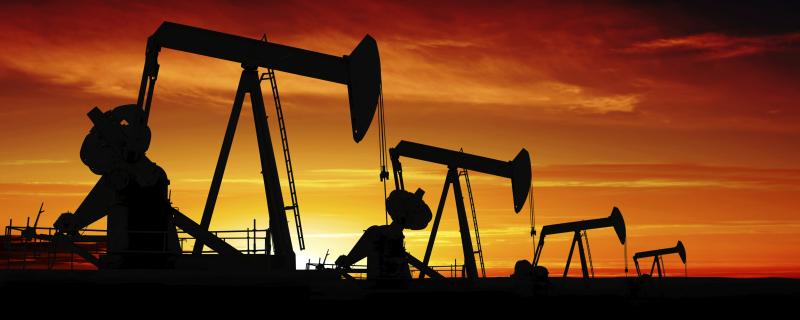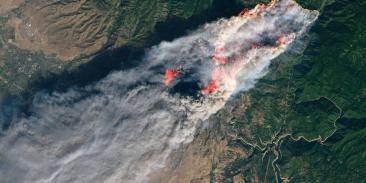$2.2 billion CAD and counting: methane “waste tracker” shows Canada’s wasted natural gas, urgency for federal regulation

Methane is a super-pollutant, 84 times more powerful than carbon dioxide at driving climate change in the short term as well as the main component of natural gas. When companies leak, vent or flare methane, they are wasting an economic commodity as well as damaging the planet. Every day Canada’s methane regulations haven’t been finalized is another day the Canadian government is letting a valuable natural resource go to waste.
This EDF analysis sought to determine the economic value of Canada’s wasted gas.
$2,200,000,000.00 CAD
Canada’s oil and gas sector wastes over 5.5 billion cubic meters of gas annually. The government first promised to cut Canada's oil and gas methane emissions by 75% in 2021. Since making that promise, Canada has wasted more than $2 billion CAD in natural gas. In fact, an estimated $17.24 CAD in natural gas is wasted in Canada every second.
In roughly the time it would take you to take out your wallet and withdraw a $20 note, Canada’s energy industry will have set the equivalent of about three of them on fire through waste that is largely avoidable.
Without strong federal regulations in place inefficient production methods are costing Canadians tax and royalty revenue as well as contributing to unnecessary climate pollution.
Thankfully, Canada is poised to fix this problem, but it must act fast. Prime Minister Carney’s new budget strives to achieve net-zero emissions by 2050 and Canada’s environment minister just re-committed to the country’s 2035 climate target of cutting GHGs by 45% below 2005 levels.
To do so the government must follow through on its promise to finalize strong methane regulations.
Passing the methane regulations will also help maintain Canada’s reputation as a responsible energy supplier. Buyers in global markets—from Japan to the EU— are increasingly seeking low-emission natural gas, and Canada’s 2025 budget acknowledges that “to compete internationally, Canada will need to reduce its carbon intensity to meet the growing demand from global markets” for lower-emissions energy.
And strong methane rules enjoy overwhelming public support. A November 2025 poll from the Canadian Association of Physicians for the Environment shows that nearly two-thirds of Canadians (64.5%) want to see action on methane and that almost 80% of NDP/Liberal swing voters are supportive of methane regulation.
Beyond reducing waste, improving trade, and inspiring Canadians, these regulations are a job creator. An economic analysis conducted by EDF found that Canada’s methane regulations, once finalized, could create 34,000 new jobs across the country—supporting manufacturing in the east and energy services in the west. Canada’s methane mitigation industry already includes 97 homegrown companies and 359 operational sites. This industry is turning wasted gas into a valuable economic commodity while developing cutting edge climate technology like satellite monitoring and leak detection systems.
The urgency is clear: $17.24 CAD wasted per second, and 5.5 billion cubic feet of gas wasted per year. The federal government can stop this by adopting smart, strong federal methane regulations and providing a valuable boost to Canada’s economy.
Background: On October 11, 2021 Canada committed to cut oil and gas methane emissions by 75% below 2012 levels by 2030, noting that “slashing emissions from methane is one of the fastest and lowest cost ways to fight climate change”. Over the past four years, the government developed and published proposed regulations, consulted extensively with stakeholders and committed to exceed the 75% target, while Prime Minister Carney made a campaign trail pledge to finalise enhanced regulations and in the 2025 budget recommitted to getting the regulations across the line.
Canada’s wasted-gas estimate is built entirely from federal and provincial government sources, combining methane emissions reported in Canada’s National Inventory Report (NIR) with flared-gas volumes published by Alberta, Saskatchewan, and British Columbia. We convert the NIR-reported methane emissions into lost gas volumes using province-specific methane content assumptions, then add those losses to the reported flared volumes of gas. We then use averages of recent AECO-C Hub price data to determine the value of the wasted gas. We then use averages of recent AECO-C Hub price data to determine the value of the wasted gas.










